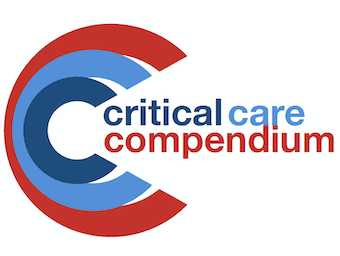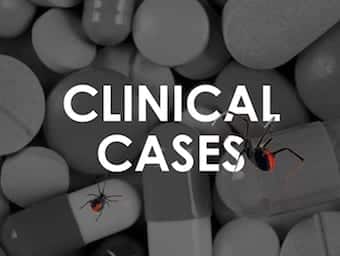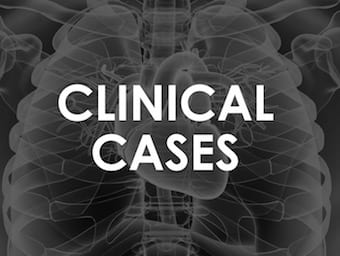
Nocardia
OVERVIEW gram positive bacilli that form weakly acid-fast beaded branching filaments found worldwide in soil and some form part of healthy oral flora usually transmitted by inhalation or traumatic inoculation disease of the immunocompromised – esp T-cell mediated immunity (AIDS,…


